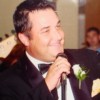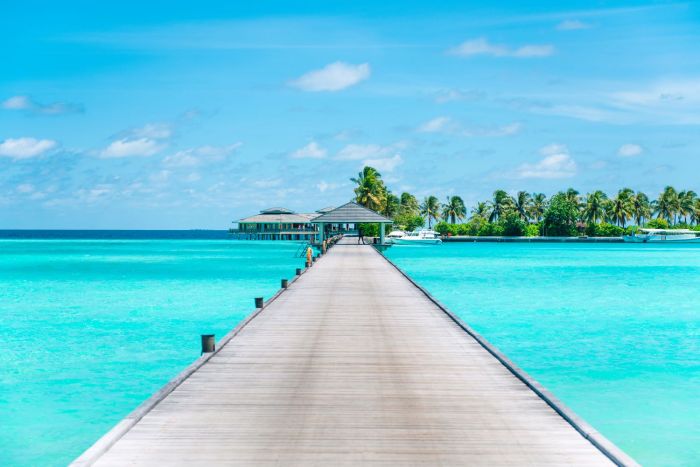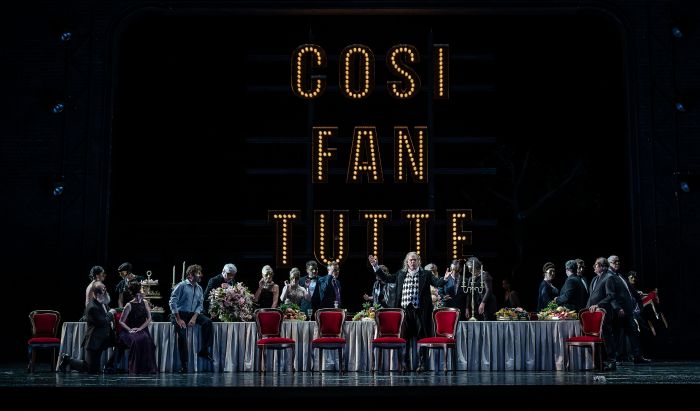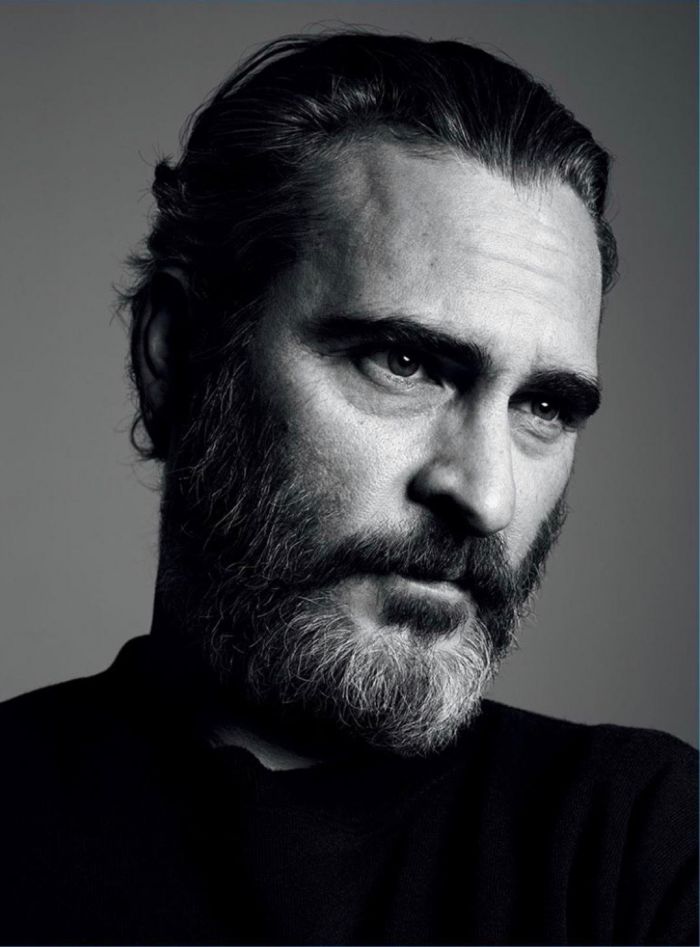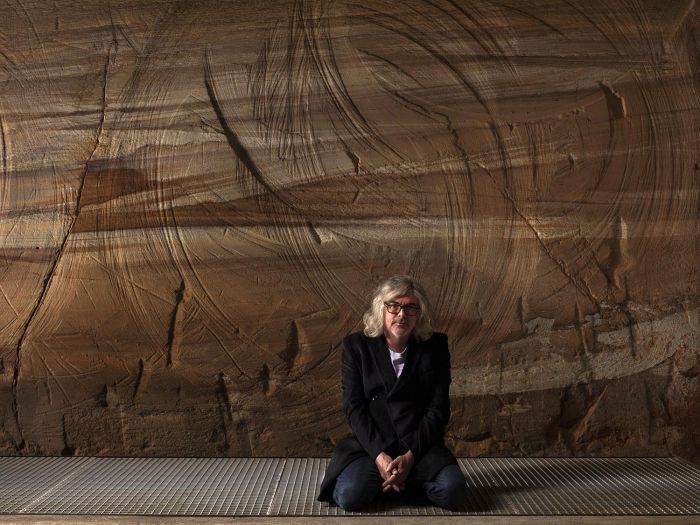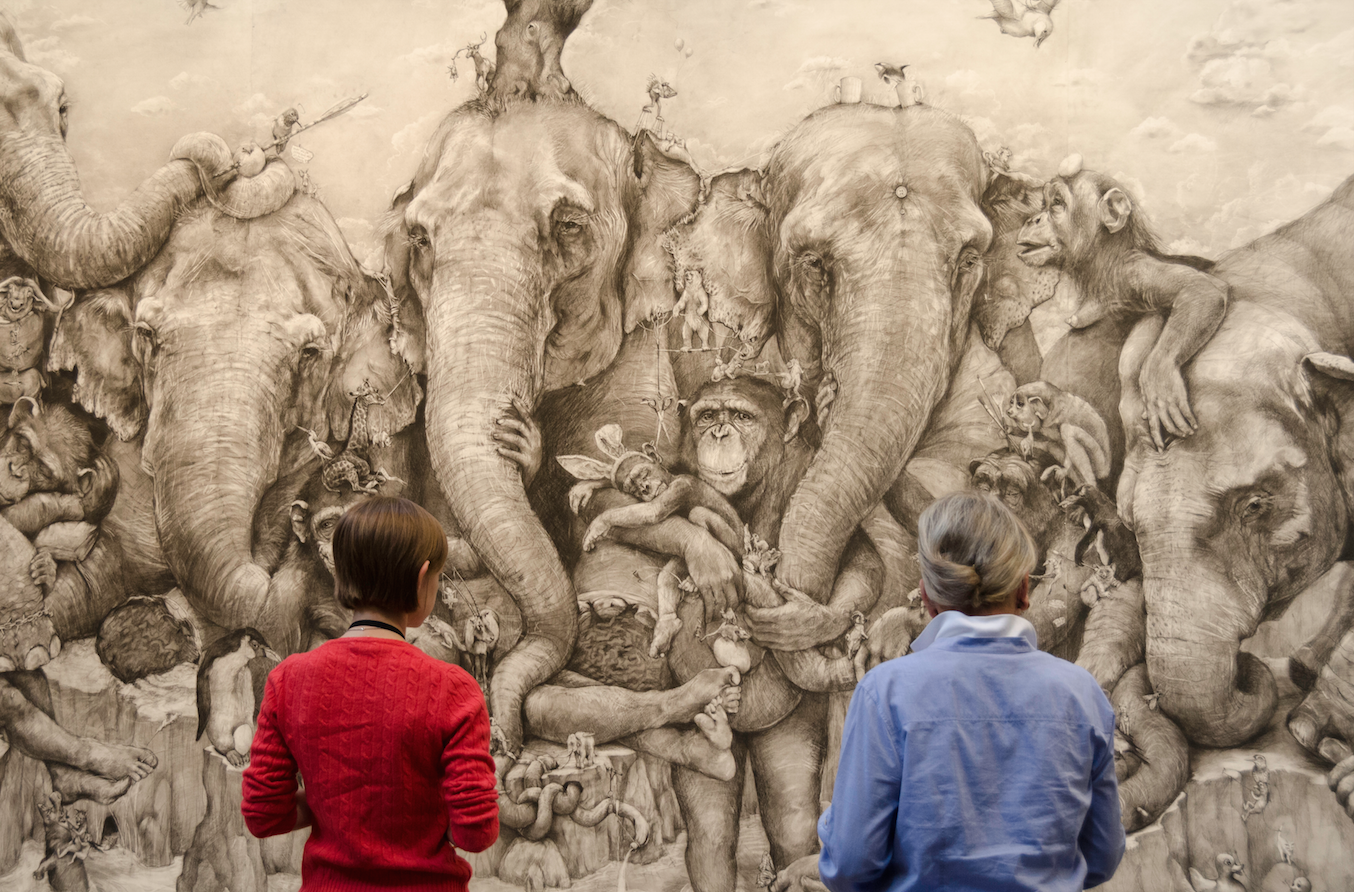
The Louvre, the Vatican Museums, New York’s Guggenheim and…Grand Rapids, Michigan. Indeed, the very city of Grand Rapids joins the pantheon of the world’s most attention-getting art destinations by holding ArtPrize, the innovative brainchild of Rick DeVos—the grandson of innovative billionaire Rich DeVos. Every autumn, ArtPrize converts the city into a free, indoor-outdoor gallery showing artworks from over 1,600 artists, representing 48 countries. Each artist hopes to earn the approval of the voting public and a panel of expert critics to win a piece of the half-million-dollars in award money. They do this by dreaming up and presenting wild, thought-provoking creations at 160 venues within a three-square-mile area of downtown Grand Rapids.
The ArtPrize website describes the competition as “unorthodox” and “highly disruptive,” in addition to being undeniably intriguing to the art world and the public. In 2013 an artist covered the city’s iconic Alexander Calder sculpture outside City Hall with large flowers to give it an “aloha print” appearance. “There was heated discussion about whether it was an homage or not,” says Christian Gaines, who has served as executive director of ArtPrize since 2013. Or was it disrespectful? In any case, it created the kind of buzz that has now put ArtPrize (and by extension, Grand Rapids) on the art world’s radar.

“It’s a place for artists to be honored and celebrated for not only just an ‘itch they have to scratch’ and something they have to do, but for the courage it takes to expose their work to complete strangers,” explains Gaines. “Hundreds of thousands of people walking by your art and looking at it with lots of different reactions can be intimidating. But ArtPrize encourages people to think about art and express themselves and articulate their personal reactions.”
The opinions of those “complete strangers” carry a great deal of power. More than a quarter-million people vote via smartphone or online for their favorite works with a lot of money at stake: a $500,000 purse is split evenly between public vote and juried awards.

“It’s an incredibly energetic combination of art museum, street fair, and public forum on ‘what is art?’” says Tom Kaufmann, who has entered twice. He has camped out with his interactive musical exhibits throughout the entire three weeks of competition to greet and talk with potential voters. Kaufmann’s first exhibit, Junk Yard Music Box, was a musical structure made of recyclable metals, including oxygen tanks. Visitors could crank the machine to see the bells and levers make music in the downtown parking lot of The Big Old Building (B.O.B.), a great location that bustles with nightlife in the form restaurants, comedy clubs, music venues, and microbreweries.
Not far away, Earth Giant—a massive chicken wire sculpture of a reclining gnomish monk made of tree limbs, grape vines and moss—turned heads. Shocking murals covering entire buildings and sculptures in the river that would normally provoke double-takes, aren’t very outrageous during the fortnight-plus of ArtPrize.

So, who dreamed up this maniacal scheme? Rick DeVos, whose billionaire grandfather founded the Amway Corporation—the philanthropic family also owns the NBA’s Orlando Magic. “I am blessed to come from a family of doers and people who are always talking about ways to create value in the community,” says DeVos. “The family dinner table taught me how to dream big. I was a constant eavesdropper when a meeting was going on so I could listen and learn.”
ArtPrize’s professional jurors hail from institutions such as the Los Angeles County Museum of Art, Sundance Film Festival, and Cincinnati’s Contemporary Arts Center. In addition to the grand prizes, there are category awards too, such as one for 3-D works, installations, and a venue-based award for “Outstanding Curatorial Presentation.” “You can get great conversations going because no one has a monopoly on meaning,” says Dana Friis-Hansen, director of the Grand Rapids Art Museum.

This year’s ArtPrize is September 23-October 11 and according to Friis-Hansen, attendees should “wear comfortable shoes, apply sunscreen, get a map and pick your priorities. Start at the center and work your way out.”














